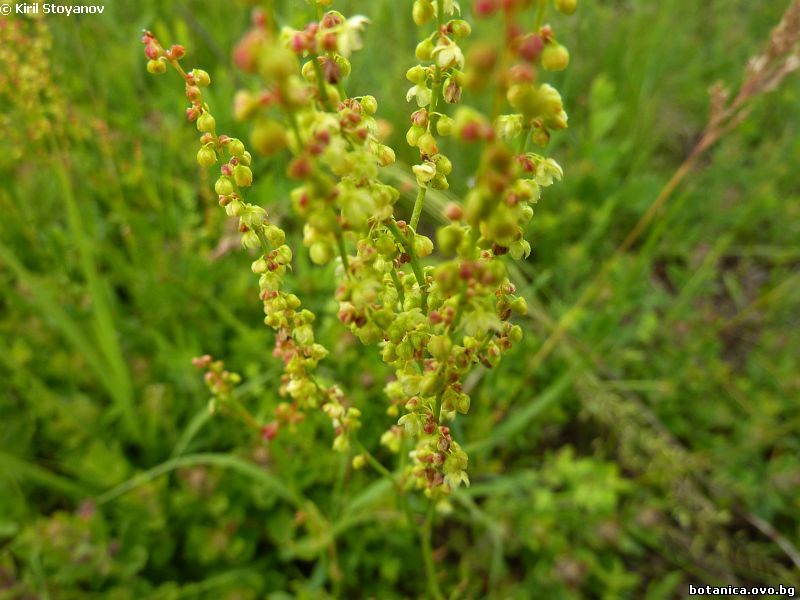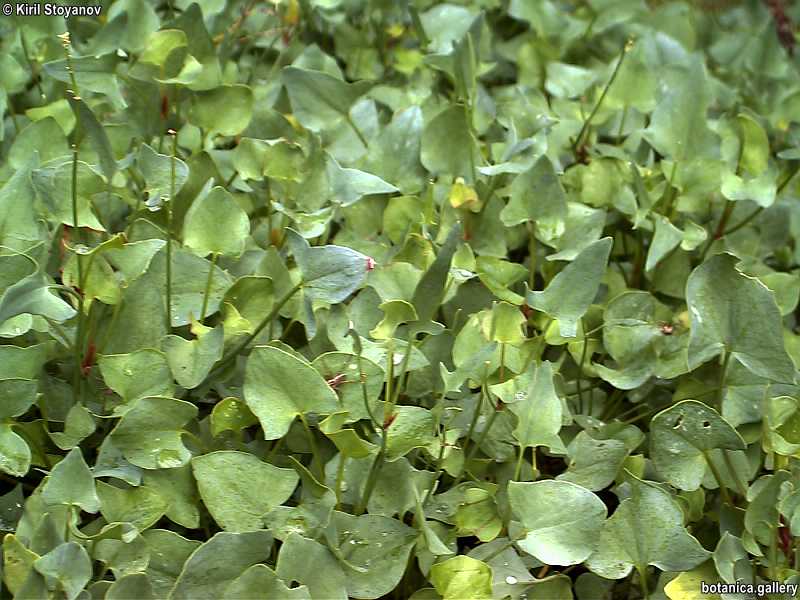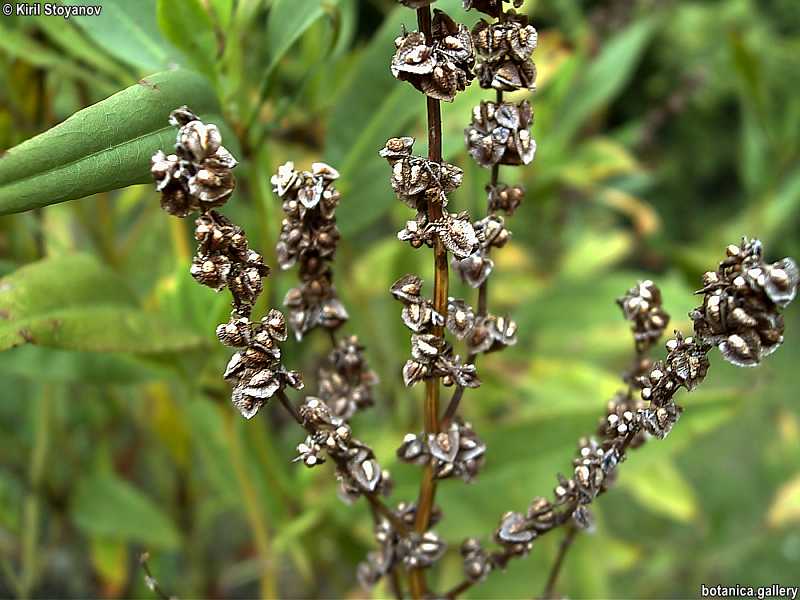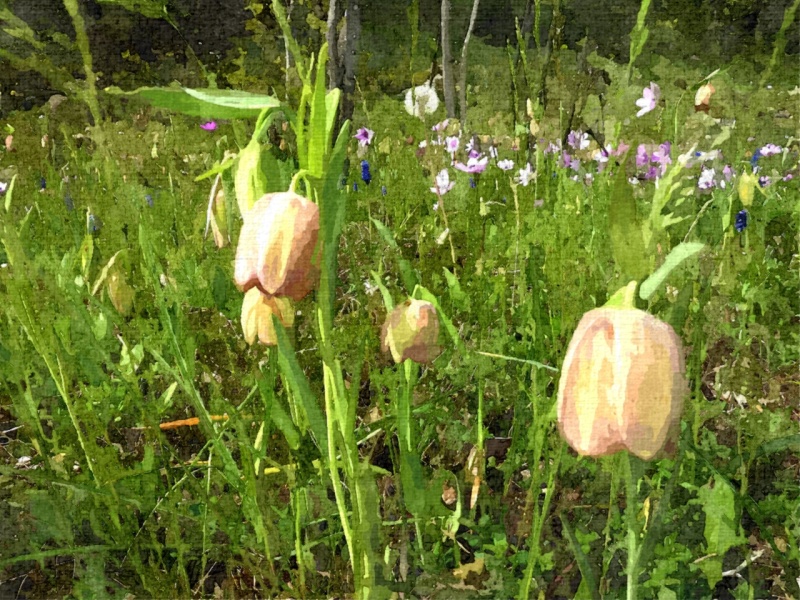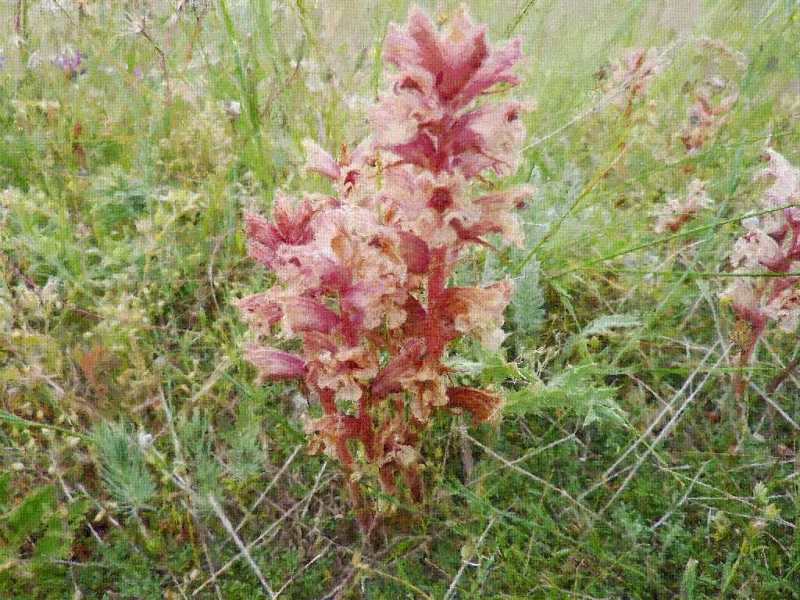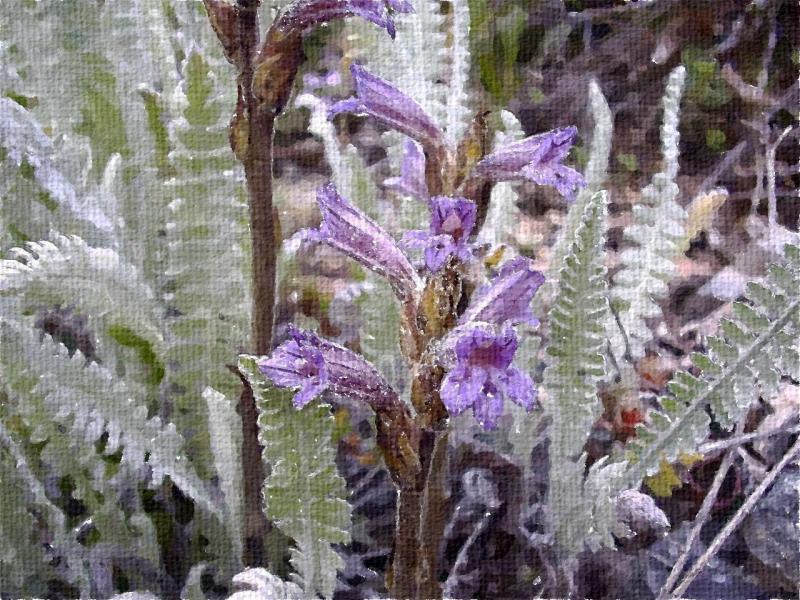PDF
Raycheva, Tz. 2005.
Chromosome counts in some Bulgarian taxa of Rumex L., subgenus Rumex (Polygonaceae)
Proceedings of the Balkan scientific conference of Biology in Plovdiv (Bulgaria) from 19th till 21st of May 2005 (eds. B. Gruev, M. Nikolova and A. Donev), 397-408.
Abstract: The chromrsome number of 30 Bulgarian populations referring to 12 species and 3 subspecies of the subgenus Rumex has been estabilished. Some taxa investigated – R. alpinus, R. conglomeratus, R. sanguineus, R. pulcher ssp. pulcher, divaricatus and raulinii are diploid with 2n=20; R. obtusifolius, R. palustris, R. maritimus and R. stenophyllus are tetraploid with 2n=40; R. crispus and R. patientia are hexsaploid with 2n=60; R. cristatus are octoploid with 2n=80 and R. hydrolapathum are 20-ploid whit 2n=200.
Unlikely most of the existing data in which R. stenophyllus Ledeb. is reported as hexaploid the Bulgarian accessions of this species are tetraploid. Rumex conglomeratus has been considered as tetraploid but Bulgarian populations are diploid. The results of the current study for R. palustris differ from the counts from other origin which show hexaploid chromosome number.
The lower ploidy levels (up to 2n=6x) correlate with a potential for wider distribution and adaptation to different ecological conditions. The octoploid and the 20-ploid taxa are of more restricted distribution and narrower ecological range. The different ploidy levels, the wide range of ecological plasticity, the high reproductive and hybridizing potential explain the wide distribution of this group far beyond its natural areals.
- цитирано в: | cited in:
- Mihalikova T., Martonfiova L. & Hodalova I. 2016. In: Marhold K. & Kucera J. (eds.) IATP/IOPB chromosome data 22. Taxon, 65(5): 1200-1207. http://dx.doi.org/10.12705/655.40
- Petrova A. & Vladimirov V. 2020. Chromosome atlas of the Bulgarian vascular plants. Phytologia Balcanica, 26(2): 217-427.
